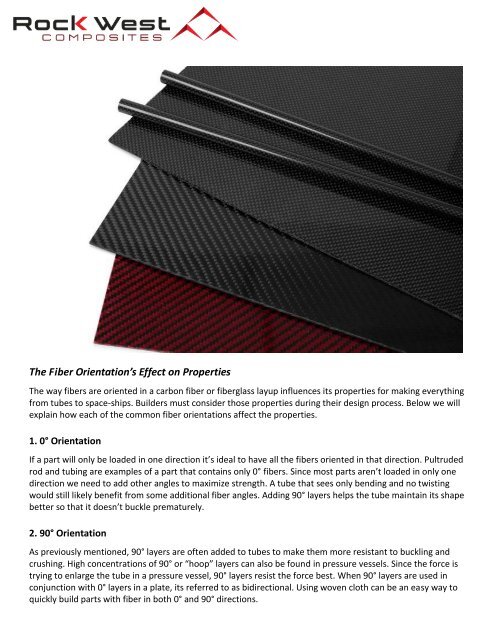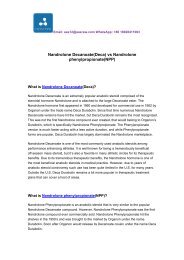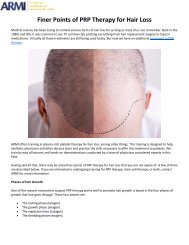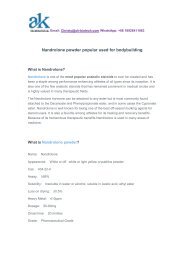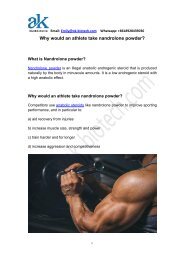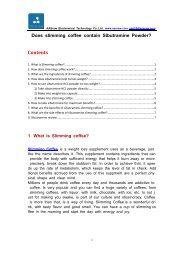How Fiber Direction Influences Tube and Plate Properties
https://www.rockwestcomposites.com/round-tubing/fiberglass-tubing - Take a close look at a section of carbon fiber or fiber glass tubing or plate and you will see that the fibers go in different, specific directions. Comparing different styles of tubing you might notice that fiber direction, also known as orientation, is not always uniform. Composite tubing and plate manufacturers use different orientations depending on what they want to accomplish with the finished product.
https://www.rockwestcomposites.com/round-tubing/fiberglass-tubing - Take a close look at a section of carbon fiber or fiber glass tubing or plate and you will see that the fibers go in different, specific directions. Comparing different styles of tubing you might notice that fiber direction, also known as orientation, is not always uniform. Composite tubing and plate manufacturers use different orientations depending on what they want to accomplish with the finished product.
Create successful ePaper yourself
Turn your PDF publications into a flip-book with our unique Google optimized e-Paper software.
The <strong>Fiber</strong> Orientation’s Effect on <strong>Properties</strong><br />
The way fibers are oriented in a carbon fiber or fiberglass layup influences its properties for making everything<br />
from tubes to space-ships. Builders must consider those properties during their design process. Below we will<br />
explain how each of the common fiber orientations affect the properties.<br />
1. 0° Orientation<br />
If a part will only be loaded in one direction it’s ideal to have all the fibers oriented in that direction. Pultruded<br />
rod <strong>and</strong> tubing are examples of a part that contains only 0° fibers. Since most parts aren’t loaded in only one<br />
direction we need to add other angles to maximize strength. A tube that sees only bending <strong>and</strong> no twisting<br />
would still likely benefit from some additional fiber angles. Adding 90° layers helps the tube maintain its shape<br />
better so that it doesn’t buckle prematurely.<br />
2. 90° Orientation<br />
As previously mentioned, 90° layers are often added to tubes to make them more resistant to buckling <strong>and</strong><br />
crushing. High concentrations of 90° or “hoop” layers can also be found in pressure vessels. Since the force is<br />
trying to enlarge the tube in a pressure vessel, 90° layers resist the force best. When 90° layers are used in<br />
conjunction with 0° layers in a plate, its referred to as bidirectional. Using woven cloth can be an easy way to<br />
quickly build parts with fiber in both 0° <strong>and</strong> 90° directions.


